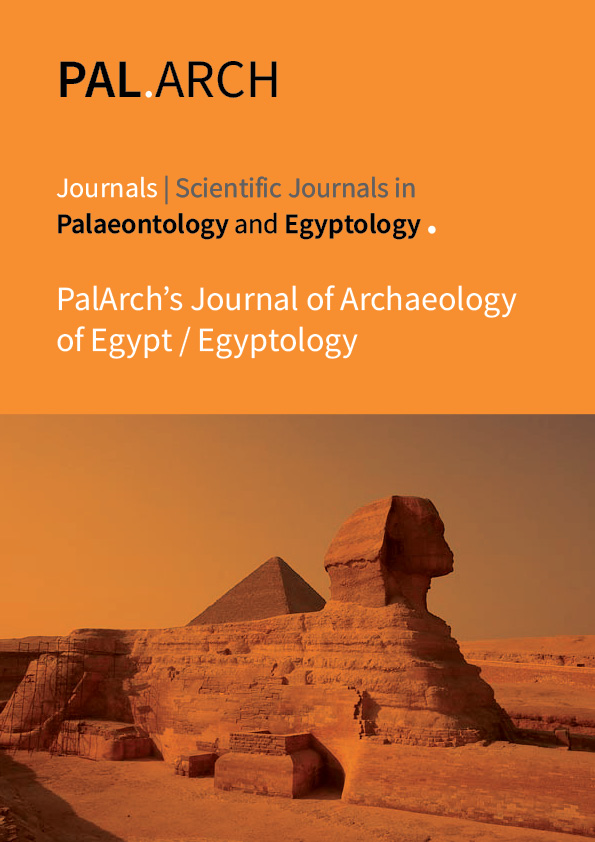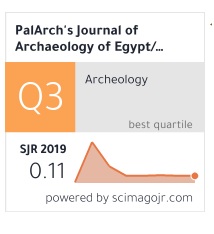Easterine Kire‟s Fictions and Nagaland
Keywords:
Nagaland, space, identity and oralityAbstract
Nagaland is a storehouse of life stories. It is a tapestry where myth, legends, stories conglomerate with lived realities of a people. And Easterine Kire, a Naga writer, now a resident of Norway drawing on the various facets of the oral tradition and combining storytelling with legends and myths that abound the courtyards of her homeland becomes the keeper of a people’s memories. This paper while approaching Nagaland as a space will try to understand how this space exists in relation to the myriad aspects unfolding in its courtyards like orality, collective memory, weapons, violence and how these aspects are inextricable in forging identities of people living in this space. Nagaland, for Kire, becomes what Michel Foucault terms as ‘heterotopia’ meaning a space which is a physical representation or approximation of a parallel space. A heterotopia according to Foucault can be a single space which juxtaposes several spaces (Foucault1986: 22). For Kire Nagaland becomes a space juxtaposing several spaces for affirmation of difference but also at the same time a new route from where to chart a new understanding of the issues inextricably related to the society.
In Kire’s fictions, we find a radical juxtaposition of societal realities and tradition. Owing to this we see how the mythical sleeping river in her novel When the River Sleeps (2014) is juxtaposed with the violence to which the contemporary Naga society finds itself fettered. Similarly, we also decipher how traditional symbols like the Bitter wormwood, the nettle forest, weretigers etc. are brought up to contest the trajectories of violence and conflict. In her novel Bitter Wormwood (2012), the herb becomes a traditional artifact capable of acting as an antidote to violence and conflict. In the novel, its beneficial properties are repeatedly emphasized by the protagonist Mose. Similarly in The Son of the Thundercloud (2016) the author conjures from the past the myth of the tiger widow who would be impregnated by a single drop of rain and gives birth to a son who would avenge the death of his father by killing the spirit tiger but who in turn is destined to die at the hands of his own fellow beings. Kire’s preoccupation with death in the novels as is evident through the death of all the three characters namely Mose in Bitter Wormwood, Vilie in When the River Sleeps and Rhalietuo in The Son of the Thundercloud is at once a reminder for the contemporary Naga society to seek refuge in the safe houses of tradition and it is also a reminder that it is the past with all its knowledge and its innate ability to heal which will rescue a people from the complexities that abound their societies. Kire remembers Nagaland through its oral culture and myth.



